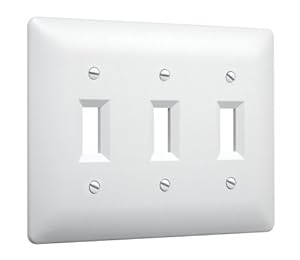I am looking to switch to electric sometime in the near future so I can brew in my laundry room (-8F in Nebraska today -- need I say more?)
My ideal setup for electric would be one control panel that controls elements for both the HLT and boil kettle. I don't need temp sensors or anything - already have my cheapo remote thermometers going. I don't need automation - i don't mind standing up and turning heat off/on. I just want to brew inside.
Right now I do 10 gallon batches, batch sparge, with 3 keggles fired by propane on my driveway. My "temp control", as it were, is simply setting the temp on remote probe meat thermometers (with alarm) and turning off the heat when I'm at temp.
Basically all i want is a control box that controls the HLT and boil kettle elements, and a switch for my single march pump.
Anybody have any experience with something like that? Advice?
Just FYI, I have virtually no electrical experience, but like learning/making stuff.
My priorities would be a simple build so I can make it myself, and to try to keep cost down (less $ on gear == more $ for beer, right?)
My ideal setup for electric would be one control panel that controls elements for both the HLT and boil kettle. I don't need temp sensors or anything - already have my cheapo remote thermometers going. I don't need automation - i don't mind standing up and turning heat off/on. I just want to brew inside.
Right now I do 10 gallon batches, batch sparge, with 3 keggles fired by propane on my driveway. My "temp control", as it were, is simply setting the temp on remote probe meat thermometers (with alarm) and turning off the heat when I'm at temp.
Basically all i want is a control box that controls the HLT and boil kettle elements, and a switch for my single march pump.
Anybody have any experience with something like that? Advice?
Just FYI, I have virtually no electrical experience, but like learning/making stuff.
My priorities would be a simple build so I can make it myself, and to try to keep cost down (less $ on gear == more $ for beer, right?)


